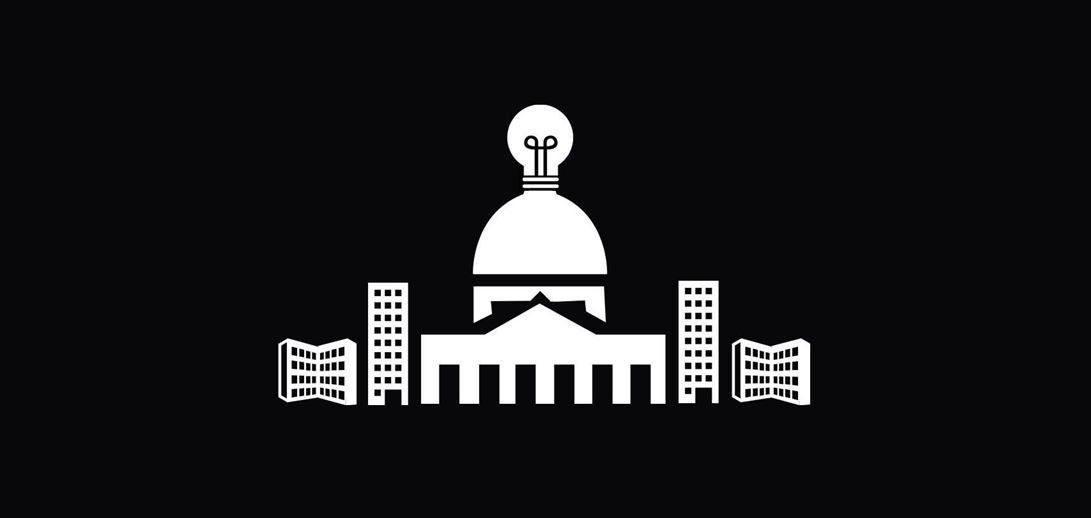By Sandford Borins, Professor of Public Management in the University of Toronto
Public sector innovation – once dismissed as a contradiction in terms – is being seen increasingly as an imperative. It has become the topic of many recent conferences, such as the one from the Organization for Economic Co-operation and Development (OECD) on “Innovating the Public Sector” last November, and Red MX Abierto’s last February.
Having been doing research about public sector innovation long before it was fashionable, I find this trend extremely gratifying. I’ll discuss the implications of my most recent research for public servants wanting to launch innovations. My book The Persistence of Innovation in Government was published by Brookings in June 2014, and it was accompanied by a report called The Persistence of Innovation in Government: A Guide for Innovative Public Servants, available online in its entirety at IBM’s Center for the Business of Government.
My research contrasted applications to the Harvard Kennedy School’s prestigious Innovations in American Government Awards (HKS Awards) in the early 1990s and in 2010 to show how public sector innovation has both changed and stayed constant over the last twenty years.
Here are four key evidence-based recommendations for public sector innovation:
1Prepare to Collaborate
Look for several funding sources. Develop an organizational structure to guide the partnership. Seek out senior leaders committed to working on the problem and neutral third parties who can mediate conflict among partners.
A full 80% of the 2010 HKS Awards applicants involved interorganizational collaboration, either within the public sector or between the public sector and civil society. In addition, the typical innovation had two funding sources. A public servant trying to develop an innovative solution to an important policy problem should look for collaboration from public sector agencies having jurisdiction over other pieces of the problem and civil society groups having an interest in the outcome.
2Anticipate obstacles
My research showed a consistent set of obstacles to public sector innovation over 20 years. More were internal (logistical issues, shortage of resources, getting different occupations to work together) than external (public skepticism, political opposition).
The research also showed a set of responses that had proven to be effective at overcoming these obstacles. Most frequently the best responses involved persuasion (demonstration projects, social marketing) and consultation with or co-optation of opponents.
3Establish performance indicators and seek external reviewers
The use of performance indicators has been an important public sector trend over the last twenty years. My research shows that public sector innovations that have established performance indicators and that have invited external review, for example by academic evaluators or consultants, are more likely to be replicated and receive awards or media attention than those that haven’t. Many public sector innovations received at least part of their funding from foundations, and foundations want evaluations to determine the effectiveness of their contributions.
Performance data and external reviews should also be made available online to citizens to encourage feedback and suggestions for improvements. Doing this forms a strong link between public sector innovation and the Open Government movement that has also been covered in this blog.
4Recognize that the media are watching
Another big difference between public sector innovations now and two decades ago is the dramatic increase in media attention: from 50% of innovations being the subject of stories then to almost all innovations being covered now. Innovators should proactively seek out the media to tell their story; this can be useful in building public awareness and support and in finding funding.
Skeptics about public sector innovation have often focused on the risks involved. My research provides evidence that would-be innovators can use to mitigate those risks and increase their chances of success. In public sector innovation, as in many other areas of life, it’s better to get it right the first time.
Overall, I find much more interorganizational collaboration in, external evaluation of, and media interest about public sector innovation than was the case two decades ago. But I also find considerable continuity in the process of innovation: who conceives innovations, the circumstances of their conception, and how they are implemented, including how innovators overcome resistance to change.
Which other factors do you think are key for public sector innovation? Include your comment below!


Leave a Reply